"Scattering of Flowers: Roses, Cornflowers, and Buttercups" is an oil on canvas signed by Fleury Chantre, a Lyon-based painter renowned for his refined floral compositions. The painting presents a bouquet of varied flowers, mainly roses in delicate shades of white, pink, and cream, intermingled with vivid blue cornflowers and a few yellow buttercups, all arranged in an apparently spontaneous manner against a dark, foliage-rich background. The composition is framed by fern fronds, adding depth and lushness to the floral scene.
Chantre, a student of Thierriat at the École des Beaux-Artsin Lyon, excels here in the art of still life—a genre highly appreciated in the19th century for its ability to celebrate the ephemeral beauty of nature. The artist stands out through the finesse of his drawing and the delicacy of hispalette: every petal and leaf is rendered with meticulous care, reflecting akeen observation of the natural world. Though cut, the flowers seem to pulsatewith life, thanks to Chantre's masterful handling of light effects and therichness of his color work—hallmarks of his style.
The composition, deceptively disordered, evokes the naturalmovement of a freshly tossed bouquet while maintaining a subtle harmony. The contrast between the light tones of the flowers and the dark background highlights the fragility and purity of the subjects. The cornflowers and buttercups scattered among the roses bring vibrant touches of color, energizing the whole and evoking the diversity of the plant world.
Beyond mere technical virtuosity, the painting fits within the tradition of vanitas: it invites contemplation on the fleeting nature of beauty and life—central themes in floral painting. Yet Chantre also appears to celebrate the power of art, capable of bestowing a form of eternity on what is inherently transient. The generous use of paint and the abundance of the composition convey a passion for nature as well as a desire to elevate the everyday through painting.
In sum, "Scattering of Flowers: Roses, Cornflowers,and Buttercups" offers a remarkable example of Romantic still life, combining botanical precision, poetic sensitivity, and a meditation on the passage of time.







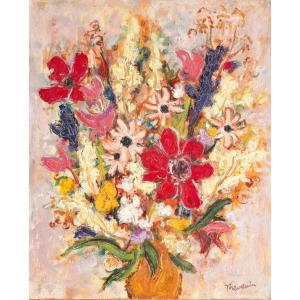
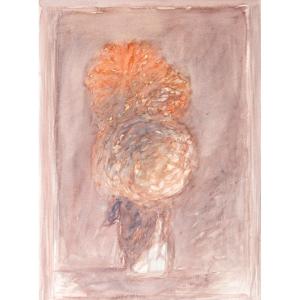



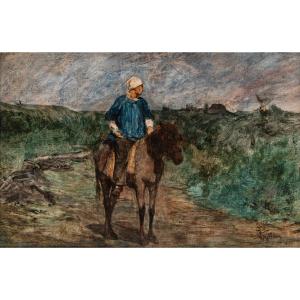
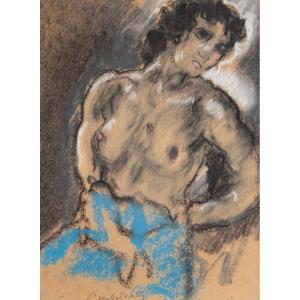





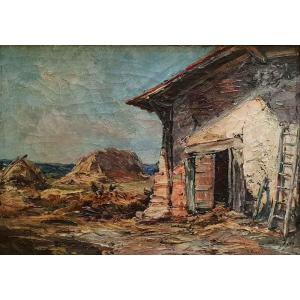
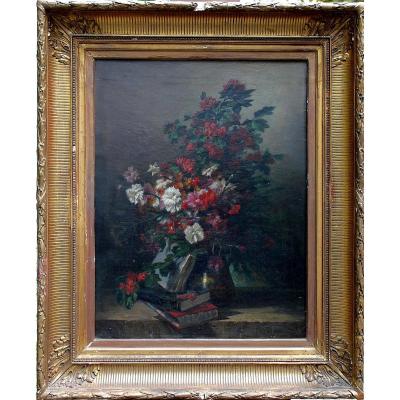







 Le Magazine de PROANTIC
Le Magazine de PROANTIC TRÉSORS Magazine
TRÉSORS Magazine Rivista Artiquariato
Rivista Artiquariato